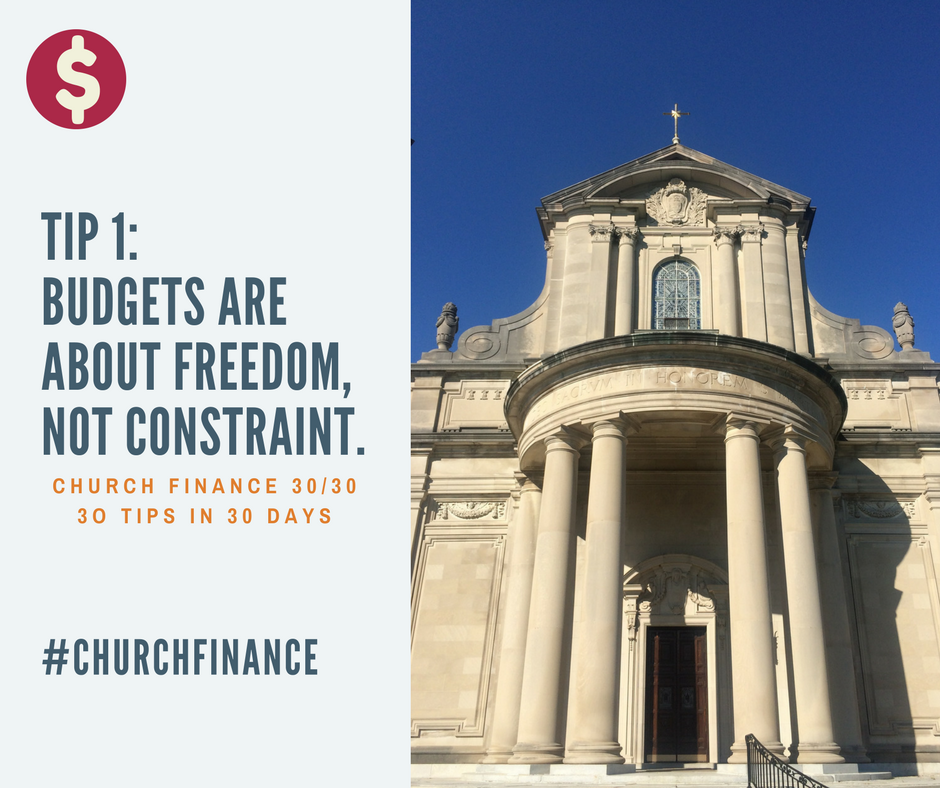In some churches, one person counts the Sunday collection.
The same person deposits the collection funds with the bank and is then responsible for issuing all of the church’s checks.
And the same person is then responsible for reconciling the checkbook.
There are no checks and balances when one person performs all of these tasks. This system places too much temptation in their hands.
Segment Church Finance Duties
At every church, there needs to be segmentation of duties. That is, no one person should perform two consecutive functions in the financial chain of events.
Where possible, it is even preferable to have a separate person perform each of these tasks. Naturally, in a church with a small staff, that might not be possible. At a minimum, there should be rotating collection counting teams staffed by church volunteers and more than one person should be involved in depositing the collection. A different person should be charged with reconciling the checking account.
It is not just in the handling of collection funds where the segmentation of duties is important. In fact, it might be even more important, and the temptation to steal even greater, in the case of other church revenues such as church fundraisers, which are heavily cash-based.
Creating safeguards and internal controls for church finances is not about trust – it is about protection and accountability.
When you get pushback from those who may feel as if you are taking away some of their responsibilities, you can respond by saying, “This is not about trust, this is for your PROTECTION.”
Think about it this way – without strong internal controls, if the money goes missing, how are people protected? If there is no process, there is also no protection.
*Portions of this text come from Parish Finance: Best Practices in Church Management (New York: Paulist Press, 2016), Chapter 8.
Read Some of our Most Popular Church Finance 30/30 Tips
Church Budgets are about Freedom
Church Priorities + Budget = Results
Financial Transparency – Allow the Light to Shine









